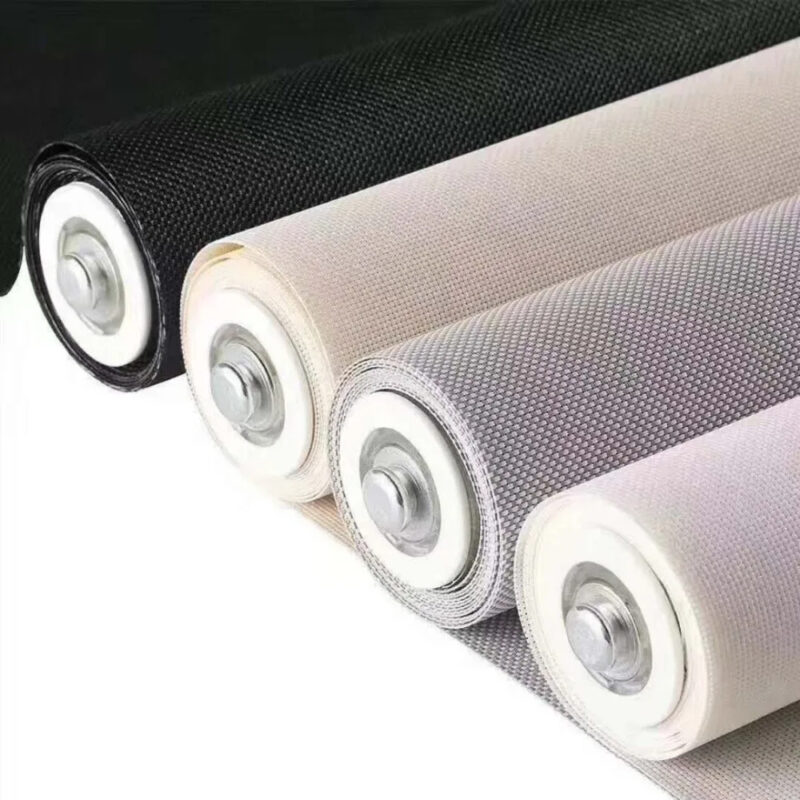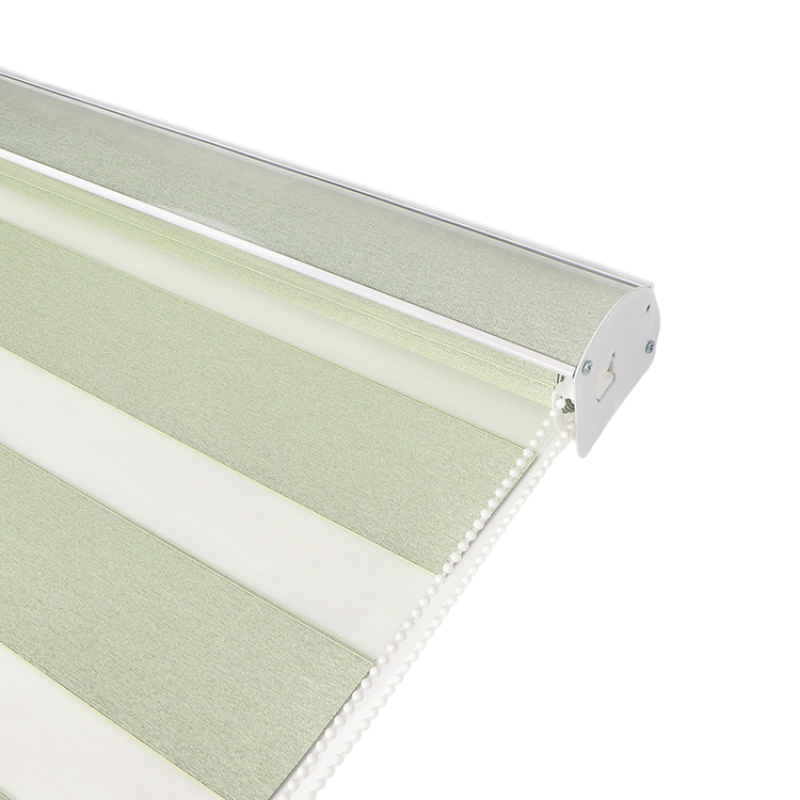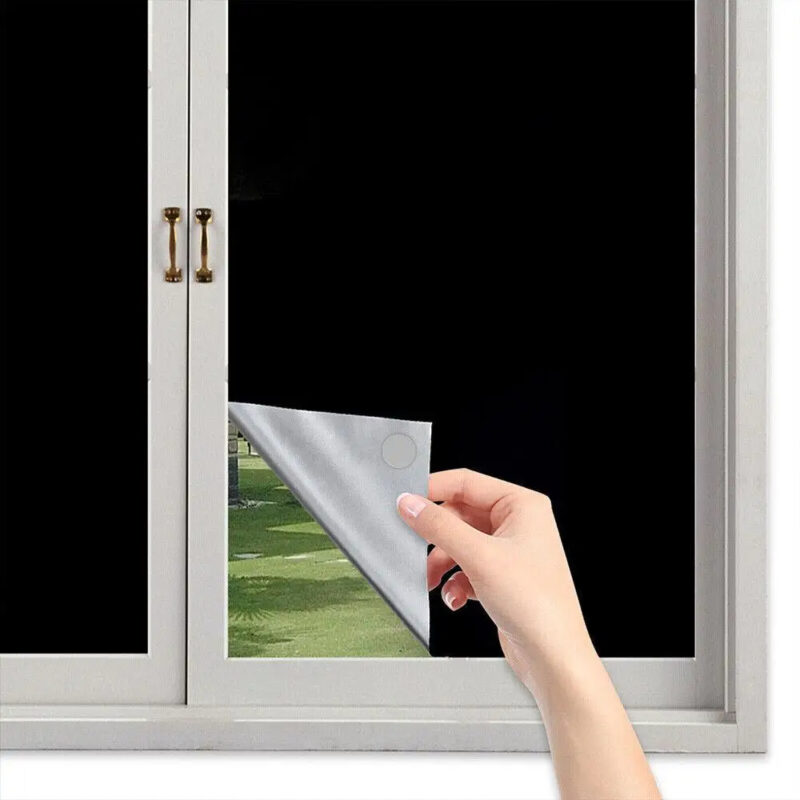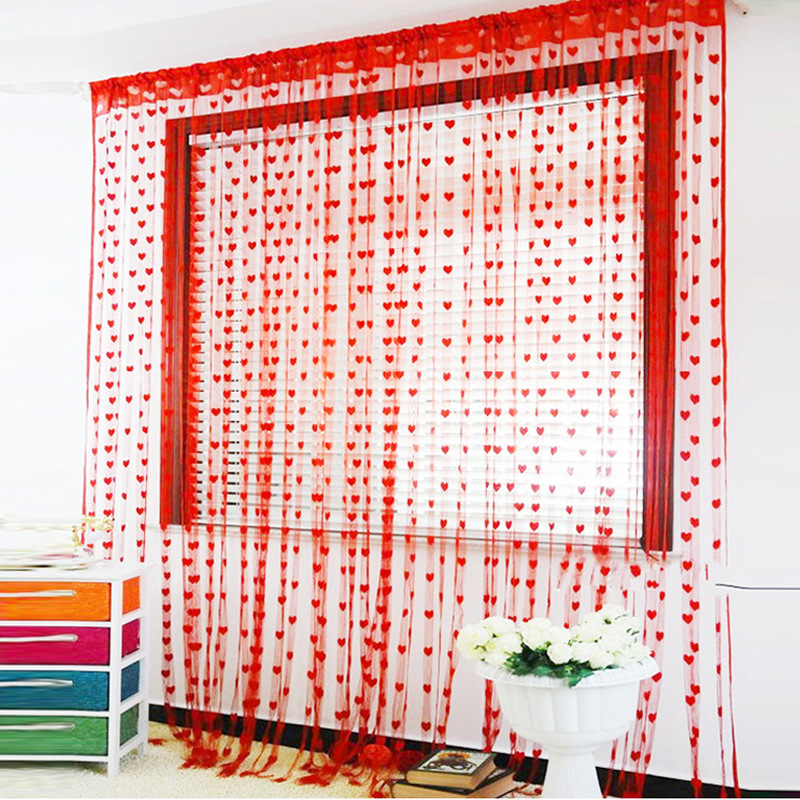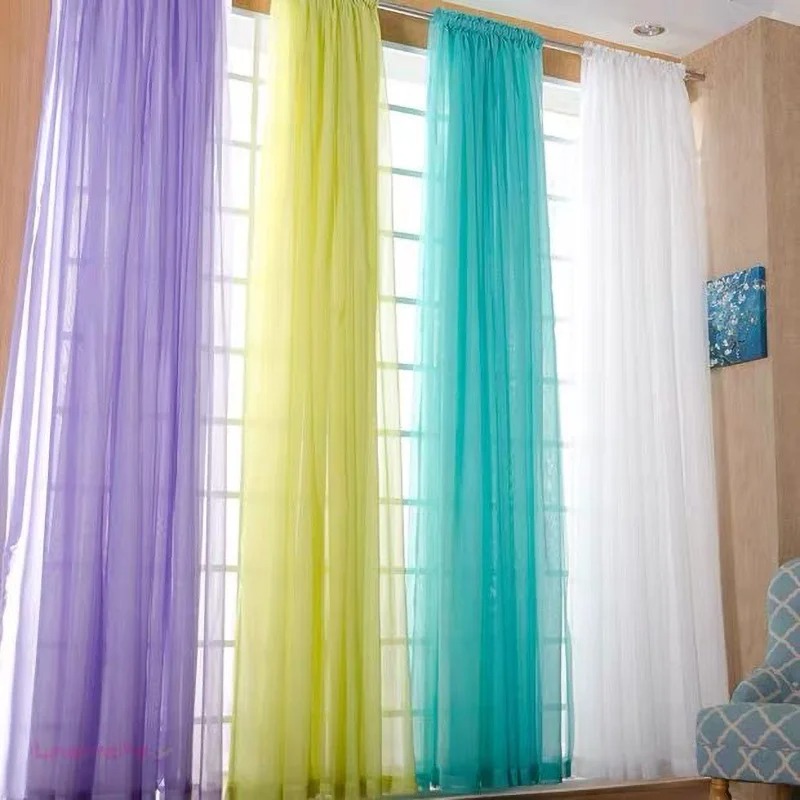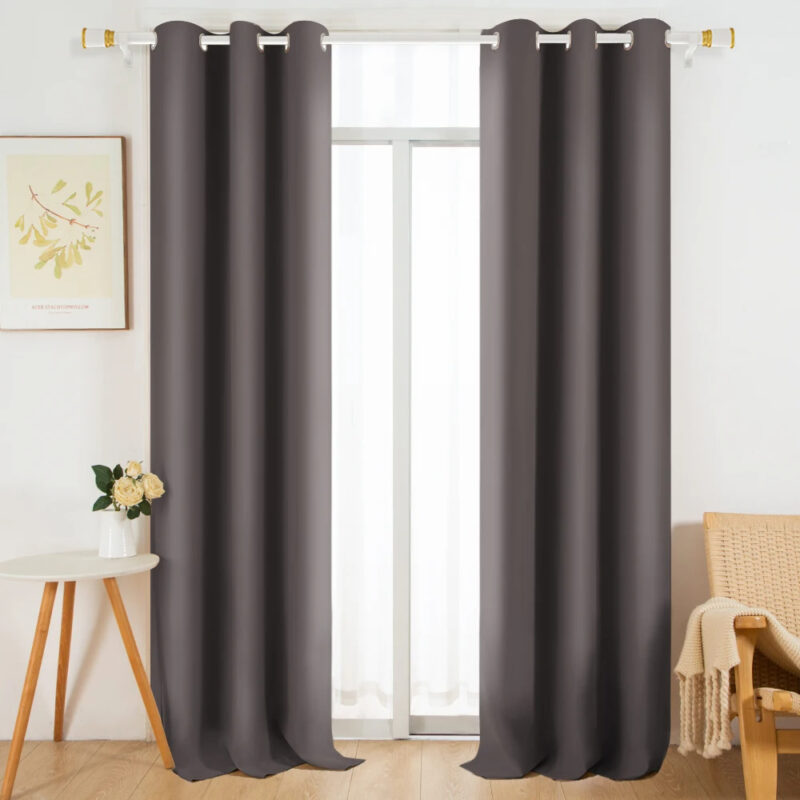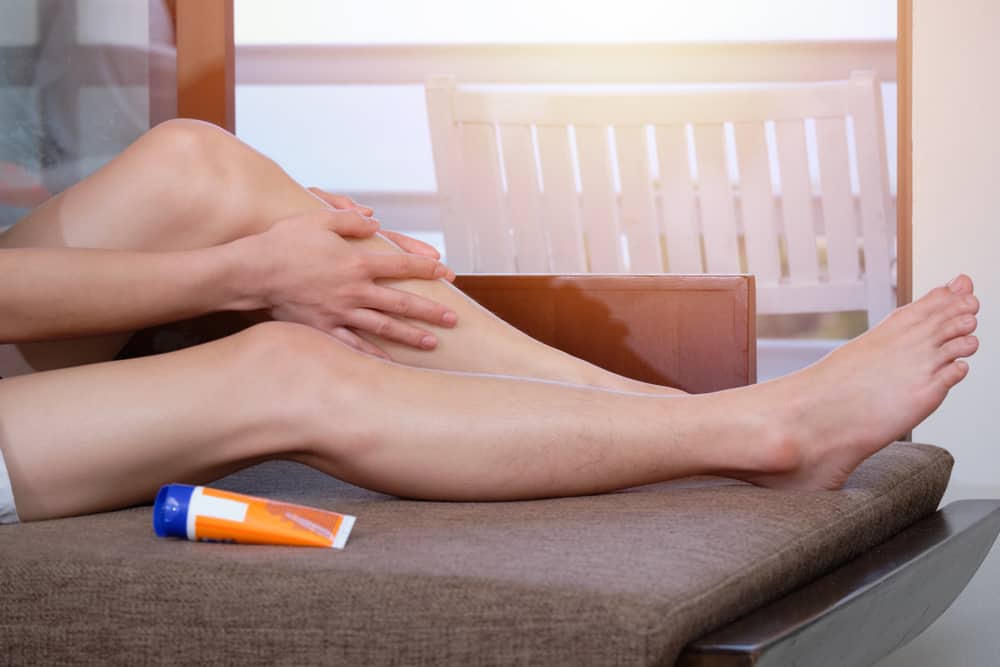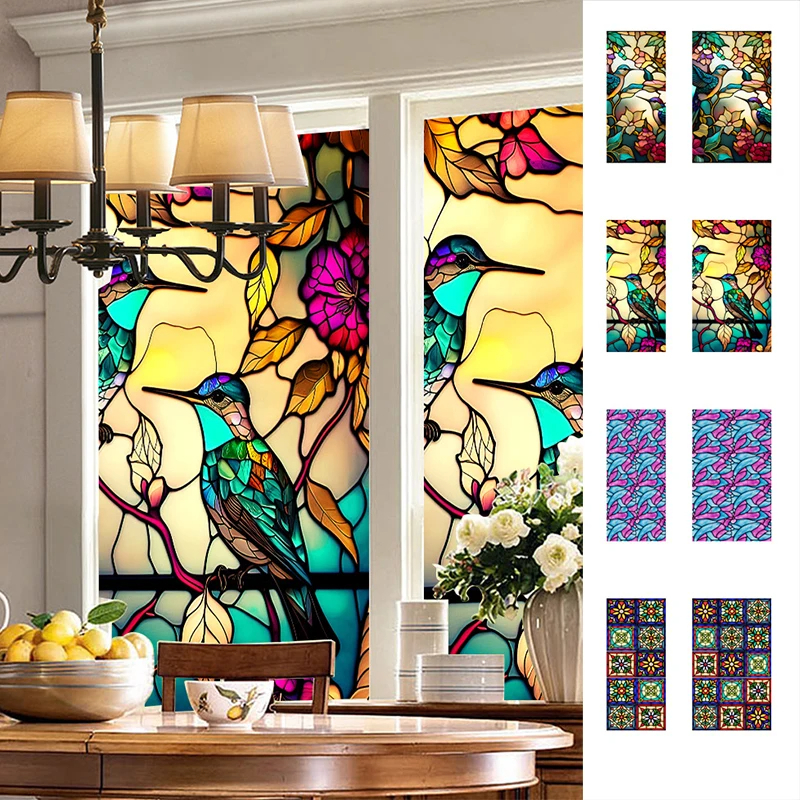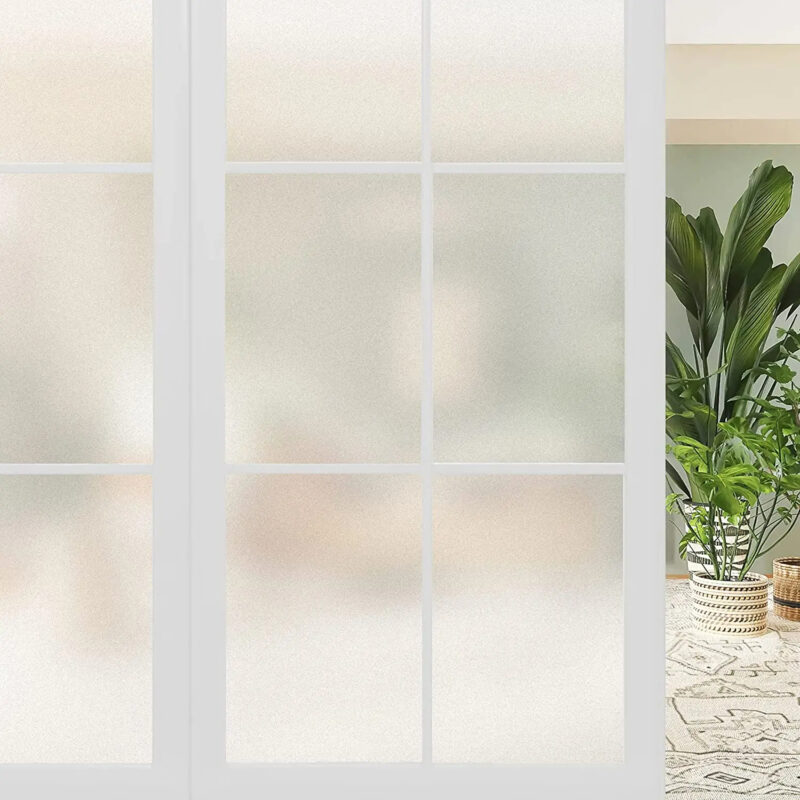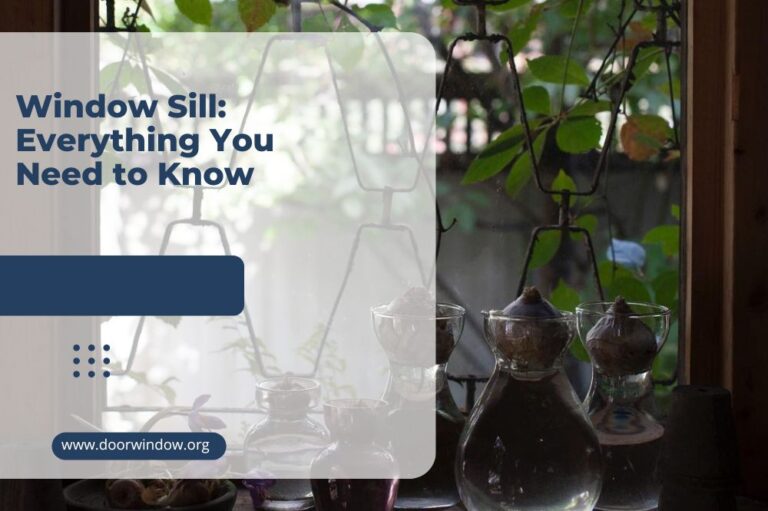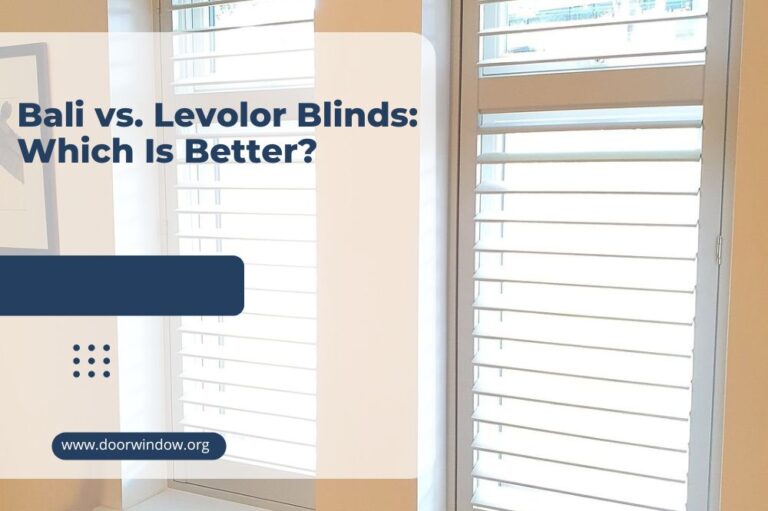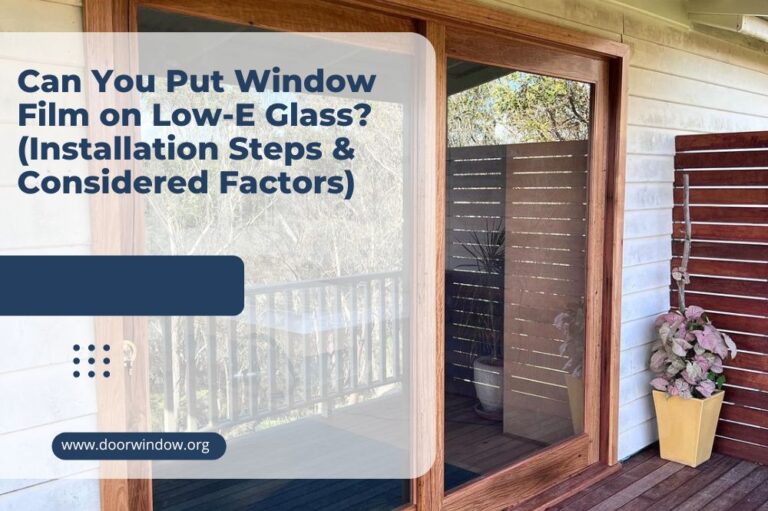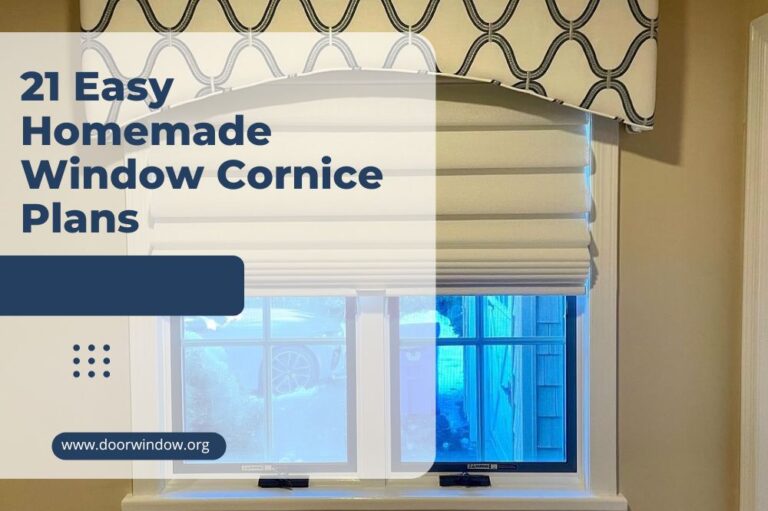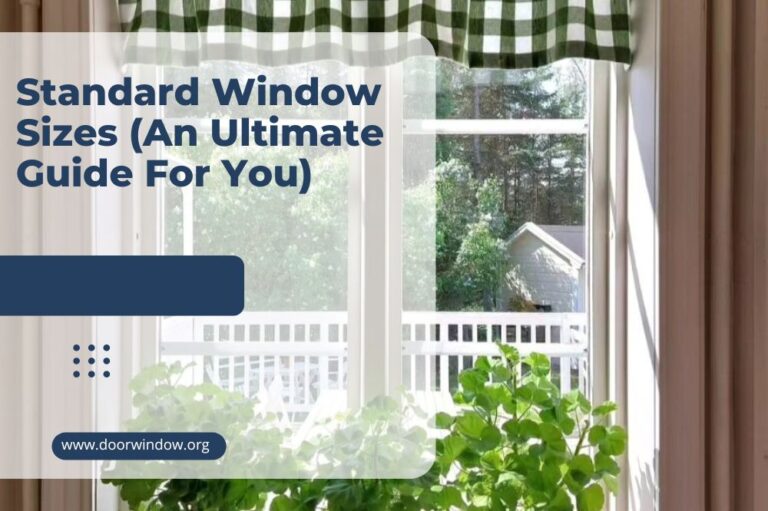Can You Get Sunburned Through a Window? (Protect Tips)
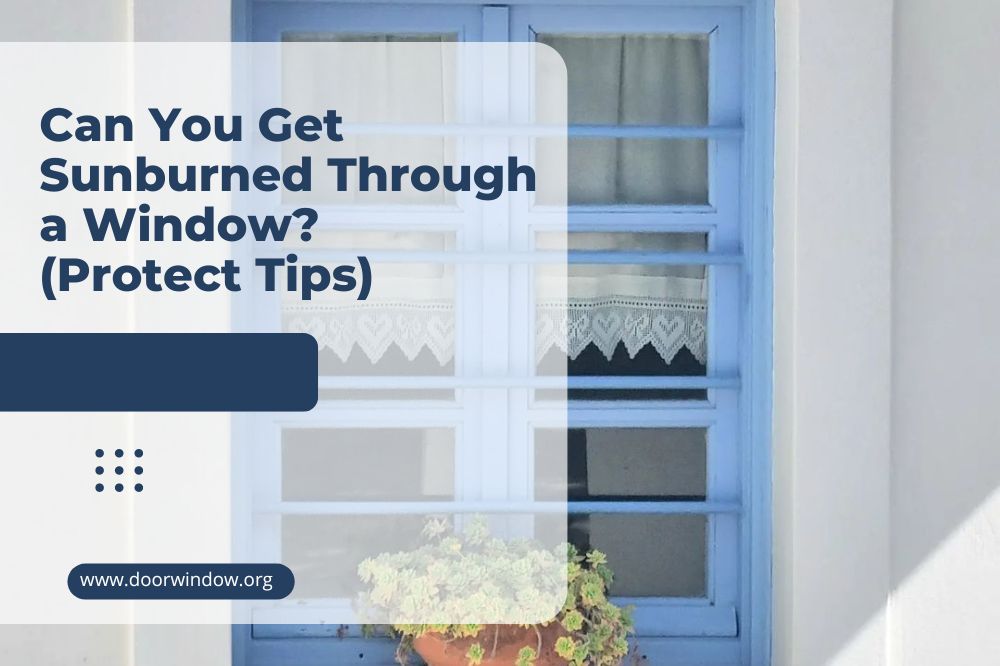
Many homeowners and drivers are unsure about the possibility of sunburnt through the glass. People often believe that windows can protect them from sunburns, but study results show that 74% of people get skin cancer on the driving body side.
As you know, UVA and UVB sun rays are dangerous to your health. The truth is that ordinary glass can filter UVB rays, but it is impossible to block UVA sun rays. Now, it is time to solve the dilemma can you get sunburned through a window.
What is Sunburn?
Sunburns are a type of burn appearing on the skin after prolonged exposure to the sun. They are a result of radiation caused by UV rays that result in the top few skin layer’s DNA damage.
As a result, you can notice signs of inflammation, including redness, sensitivity, and increased local temperature. Since the body tries to protect itself, it stimulates affected cell apoptosis, resulting in skin death and peeling.
At the same time, the body increases melanin production to absorb the UV rays and prevent possible future damage from radiation. As a result of the nerve fibers stimulation, you will feel pain in skin parts affected by radiation.
Be careful if you have pale skin since you have better chances of getting burned. The reason is a low concentration of melanin in the skin and a lower possibility of natural UV radiation protection.
Can You Get Sunburn Through Windows?
Even though a light suntan looks fabulous, you need to be careful. It can be tricky to determine how much window glass can protect you from UV radiation.
Since it successfully blocks most UVB rays responsible for getting burnt, you won’t face this problem. On the other hand, scientists connect long-term exposure to UV sun rays with three skin cancer types.
In other words, most UVA rays will reach your skin and cause significant damage, depending on the exposure length. So, you will be protected from sunburn but may get cancer. It doesn’t sound like a desirable option, does it?
1. Sunray types
UVA – These long wavelength rays are not too intense, but they penetrate deep into your skin. Unfortunately, you can’t be aware of their harmful effects because they are not visible at first glance.
These rays break down collagen fibers, consequently speeding up skin aging and leading to wrinkles over time. Besides lowering skin elasticity and strength, UVA sun rays are responsible for the appearance of deadly skin cancer.
UVB – These short and highly intense wavelength rays affect the skin’s superficial layers. Since their effects are visible, you can immediately notice them. When you fail to protect yourself, these rays will cause sunburn and destroy the DNA in skin cells.
On the other hand, they are beneficial for your body since this ray type stimulates it to produce vitamin D, crucial for your healthy bones and mood improvement. Without enough vitamin D, your body can’t absorb calcium, resulting in:
- Fragile and porous bones
- Joint pain
- Rickets in kids and osteomalacia in elders
- Fatigue and depression
UVC – You shouldn’t worry about these rays because the earth’s atmosphere successfully blocks them. They never reach your skin, so you don’t need additional protection against this type.
2. While walking
Nowadays, you can find numerous ways to protect yourself from getting burnt after sun exposure. The most common options are avoiding spending time outdoor during the hottest parts of the day and regular sunscreen use in summer.
Still, you need to spend at least 15 to 20 minutes a day outdoor and expose your skin to the sun’s rays. Only that way can you activate vitamin D synthesis in your body.
3. In the office and home
There is one more controversial question when it comes to sun protection. Many people believe that window glass can protect them from harmful UV radiation. Unlike visible UVB rays’ effects, you can’t see the damage UVA radiation causes. However, it affects your cells and potentially causes wrinkles and skin cancer.
The fact is that ordinary glass efficiently blocks most UVB rays that are responsible for sunburn. Unfortunately, it is useless against pervasive UVA rays that affect cells in deeper skin layers.
Most window glass types can block 30% of UVA radiation, but it is far from complete protection. In other words, you should avoid sitting next to the window and exposure to direct sun rays while working or enjoying at home.
4. In the car
Most working people spend some time in their cars and are exposed to sunlight while driving. Fortunately, most windscreens are made of laminated glass, featuring a plastic layer between the inner and outer layers of glass. Such a glass effectively blocks 80% of UVA and all UVB sun rays.
Unlike windshields, your vehicle’s side and rear windows are created from standard non-laminated glass. That means you can get burned during driving, but sunburns will be lighter than after direct exposure to the sun.
On the other hand, scientific studies show that deadly malignant melanoma is three times more common on the left driver’s body side than on the right.
Therefore, paying for an additional UV-protective tint application will pay off. The best option is to have the side vehicle windows tinted, but you can also regularly use sunscreen when going on a long trip.
Ways to Protect Yourself from UV Sun Rays
1. Glass tinting
Even though regular window glass can protect you from UVB sun rays and prevent getting burnt, you need to find a way to block UVA radiation, either. Tinting glass is an excellent option but be prepared that the protection level depends on the tinting type.
A correctly installed window tint over the tempered glass installed in most cars can block 40% to 70% of the UVA rays. On the other hand, it will entirely protect you from getting burnt and block almost 99% of UVB sun rays.
However, laws in most countries worldwide limit tinting levels on car windows, particularly windscreens.
You can prevent getting sunburned and cancer while spending time indoors by applying a protective film over your home windows. It protects your skin and blocks up to 99% of harmful UVA sun rays.
2. Sunscreen
If vehicle window tinting is a too expensive solution for you, quality sunscreen is an excellent and convenient way to protect your skin.
The recommendation of the Skin Cancer Foundation is to apply sunscreen with a minimum 15 SPF rating while driving. That is enough to prevent getting burnt and reduce the possibility of skin cancer development.
Always apply sunscreen over the most exposed body parts, including the face, arms, and hands. Pay particular attention to the side of the body that is directly exposed to the sun’s rays coming through the window.
A mineral-based sunscreen with an SPF of 30 that contains titanium dioxide or zinc oxide is the best solution for all occasions. It is also a better option for sensitive people since it won’t irritate your skin, unlike chemical products.
3. UPF clothing
UPF clothing can protect your skin from UVA and UVB sun rays since this fabric block them from coming in contact with your skin.
This ultraviolet protection factor shows the UV radiation level a particular fabric can prevent from reaching your skin. For instance, UPF 50 clothing blocks 98% of UV radiation and significantly reduces your exposure.
Always check the Skin Cancer Foundation’s seal on the label since a piece of fabric is considered sun-protective only when its UPF value is over 30. As you can guess, the clothing with UPF 50 is the best possible option for this purpose.
Be careful with labels. You always need to check for the UPF mark since it shows the level of UVB and UVA rays penetrating the fabric. On the other hand, the SPF mark indicates that the material is sun-protective, but it measures only the time necessary for UVB rays to cause skin redness.
You should pay attention to a few factors when buying sun-safe clothing:
- Color – Some colors, like black, navy blue, and red, absorb UV rays and prevent them from reaching your skin. On the other hand, white and pastel colors are not an excellent solution for such a purpose since they have low UPF. For instance, that value for a white cotton shirt is only five.
- Fit – Tight clothing stretches, and the fibers separate over time, providing a reduced protection level. Therefore, you should prefer wearing loose-fitting clothing when going outside in summer.
- Type – Unlike thin sheer clothing, densely woven pieces protect you from the sun much better. When spending time outside on sunny days, it is better to wear semisynthetic fibers, canvas, corduroy, denim, or wool.
Silk and shiny polyester reflect UV sun rays, making them highly protective materials. On the other hand, unbleached cotton is a UV absorber.
Summary
The fact is that you can sunburn through the car window, particularly when it is unpainted. The worst option is to drive with the side windows down.
Be aware that tinted glass can reduce UV rays, but it is impossible to block transmission entirely. The darkest tint is the most protective and the best option for your skin, but it is forbidden to tint the windshield.


